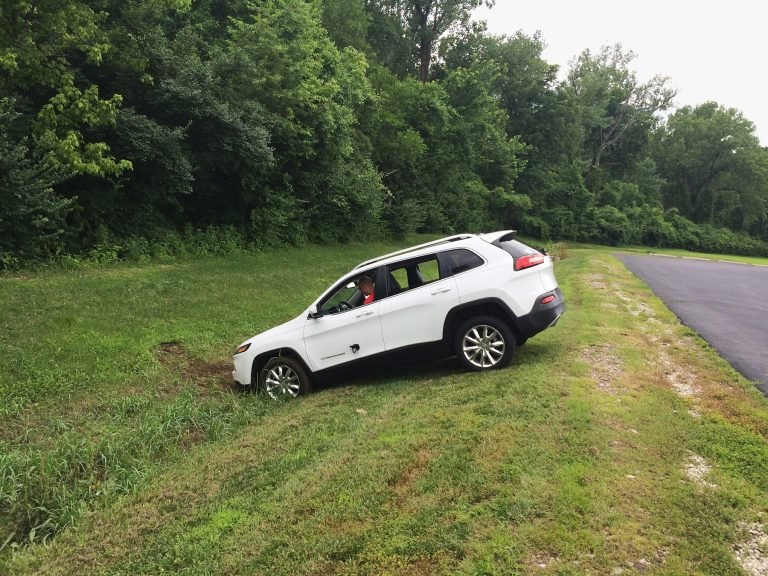Jeep Axle Width Chart
Those looking for information on jeep axle width charts will find it handy to have a comprehensive guide. A Jeep axle width chart gives precise details of the size and specifications of axles used in various Jeep models. It helps Jeep owners when they need to replace or upgrade their axles. The chart is beneficial in making comparisons and understanding the transformation of Jeep axles over the years to accommodate more significant and bulkier tires.

Understanding Jeep Axle Widths
To understand the jeep axle width chart, you must first comprehend the fundamentals of axle types present in various Jeep models. Over the years, Jeep has used both full-floating and semi-floating axles in their vehicles. In a full-floating axle, the weight of the vehicle is entirely on the axle housing, which enables the wheels to turn freely. In contrast, the semi-floating axle bears the weight and the rotational torque, leading to stress on the axle shaft.
Furthermore, axles are categorized based on the location of the differential – either centered or offset. The differential housing location plays a pivotal role in deciding if the axle would fit comfortably in your Jeep. Misalignment could lead to handling problems.
The Importance of Jeep Axle Width
There are numerous reasons to know your Jeep’s axle width:
– Replacing or Upgrading:
When you’re replacing or upgrading your Jeep’s axles, having accurate axle width measurements can guide you through potential compatible axle options from different vehicle models.
– Tire Size:
Axle width influences the size of the tires your Jeep can accommodate. A wider axle allows for a wider tire, which can improve stability and off-road performance.
– Handling:
The axle width impacts your Jeep’s handling. A wider axle can enhance stability but may make steering more difficult, especially on tighter trails.
A Jeep Axle Width Chart Breakdown
A Jeep axle width chart typically lists several key elements: the axle model, its width, a brief description, and the specific Jeep models it fits. Make sure you cross-verify the axle widths of different models and years listed on the chart with your Jeep model and year to dodge setbacks during the axle replacement/upgrade.
Dana 30
For example, one of the most common axles used in Jeeps over the years is the Dana 30. This axle has been in use since the 1970s and is still used in some models today. The width of a Dana 30 axle commonly ranges between 55.5 to 61 inches, dependent on the specific model of Jeep it was outfitted in.
Similarly, the other axle types such as Dana 35, 44, and 60 also feature different widths respective to various Jeep models they were installed in.
Frequently Asked Questions
Q. What is the standard axle width for a Jeep?
There is no standard as such. Axle widths can vary significantly between different Jeep models and years. However, most fall within a range of 55 to 61 inches.
Q. Can I use an axle from a different Jeep model?
Yes, but compatibility isn’t solely based on width. Other factors such as the differential’s location and the mounting brackets should also correspond with your Jeep model.
Q. Does axle width affect off-road performance?
Yes, a wider axle provides better stability and can accommodate larger tires, enhancing off-roading performance.
Final Thoughts
Understanding your Jeep’s axle width and its significance can make the difference between a smooth drive or a bumpy ride, especially if you’re planning an upgrade or dealing with an axle replacement. A Jeep axle width chart is a valuable tool that spares you from guesswork and eases the decision-making process when considering axle-related modifications or replacements. Getting to know your Jeep’s axle is a vital part of understanding your vehicle better, ensuring you can capitalize on its full potential.
In the end, for any Jeep enthusiast, knowing the intricacies of their ride allows them to push limits, comfortably make modifications, venture exciting terrains, and most importantly, keep the Jeep spirit alive.
Remember – Knowledge is power, especially when off-roading!






